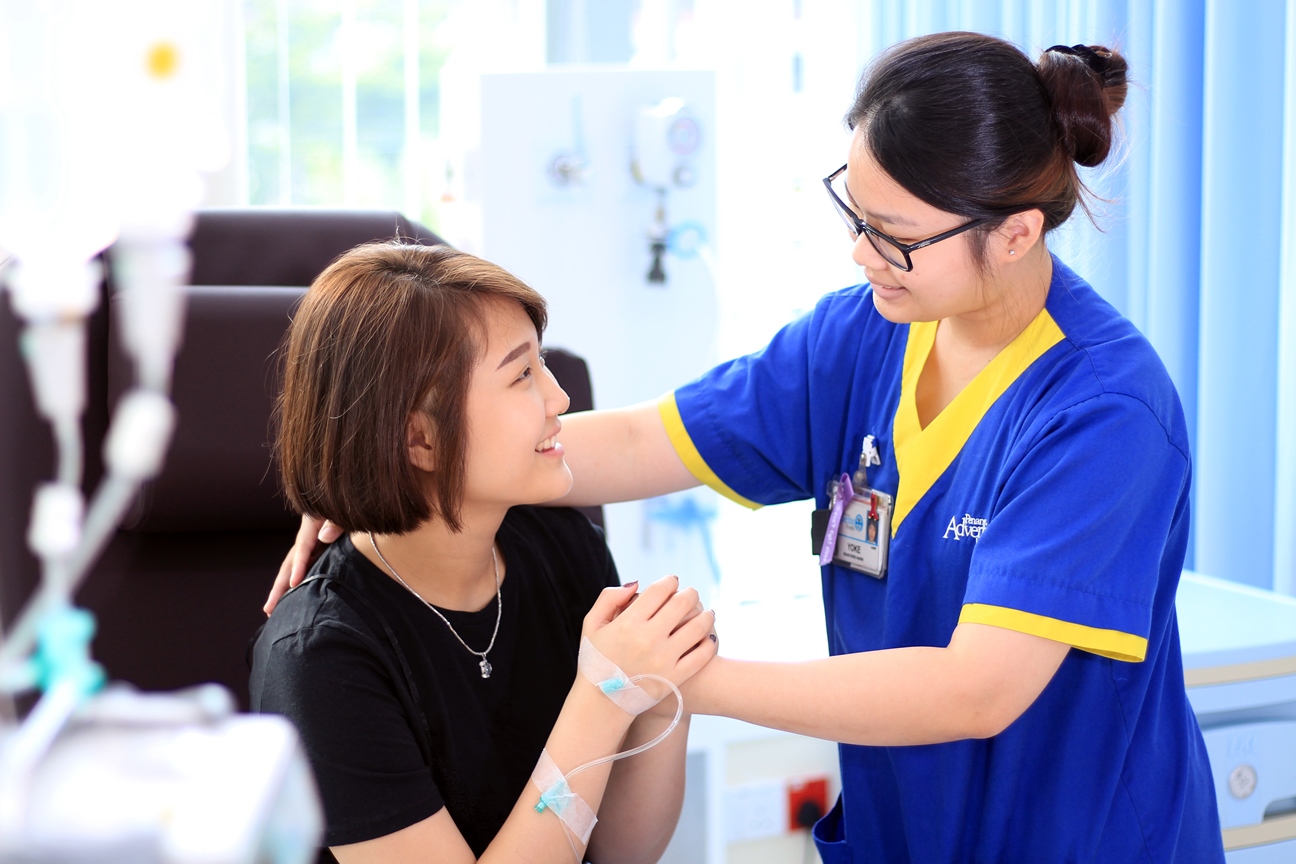Oncology
18/02/2021
2 minutes read

Breast cancer is the commonest cancer in women globally. It afflicts women both young and old, and is also the number one cause of female cancer death in many parts of the world. The silver lining however is the great progress in the understanding, detection and treatment of breast cancers, which has led to more people beating the disease in the long term.
About 90% of women with breast cancers are diagnosed at an early and curable stage. Despite this, these women are still at risk of relapse of the breast cancer. Relapse occurs because of the microscopic spread of cancer cells, termed micrometastates, in the blood. Treatments in addition to surgery, termed “adjuvant” treatments serve to eradicate micrometastates and is the main reason for the improvements in breast cancer survival over the last 50 years. Established adjuvant treatments in breast cancer are chemotherapy, anti-hormone therapy, anti-HER2 therapy and radiotherapy.
Does this mean we give adjuvant treatments to all patients with early and curable breast cancers?
The answer is no; adjuvant treatments need to be personalized to every patient’s breast cancer. The role of the oncologist is to best assess the risk of relapse and recommend adjuvant treatments that are:
- proportional to the risk of relapse
- best suited for the subtype of breast cancer
- safe for the patient
- in line with the personal preferences and goals of the patient
Over-treatment can lead to unnecessary and sometimes long term side effects, with minimal to no long term survival benefit. Under-treatment however, can lead to a higher risk of relapse and loss opportunity for cure. Hence, we must strive to find the “right” adjuvant treatments for each patient, not more, not less.
To meet this need, there has been great progress in the research of escalating or de-escalating treatments based on, genetic tests (e.g. Oncotype DX, Mammaprint and Prosigna) on the breast cancer itself, or how they respond to treatments given before surgery (neo-adjuvant therapy). This way, we are now able to spare many patients from unnecessary chemotherapy, such as those with early stage hormone receptor positive breast cancers, or provide patients who are at higher risk of relapse more effective treatments, such as those with HER2 positive and triple negative breast cancers.
The art of oncology I believe relies on keen observation, inquisitiveness, and experience, self and collective, ultimately to know what is actually best for my patient. Progress in the field of relapse assessment and development of better treatments for patients who need it most (e.g. high risk of relapse) has sharpened the art of oncology, bringing a much needed precision in finding the right treatment for our patients, not more, not less.



